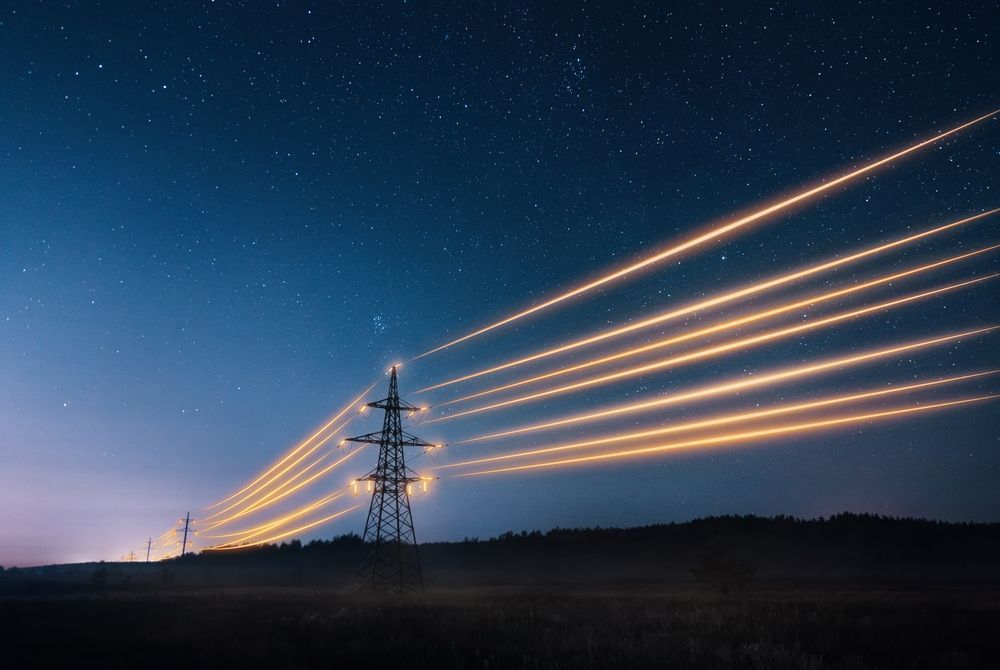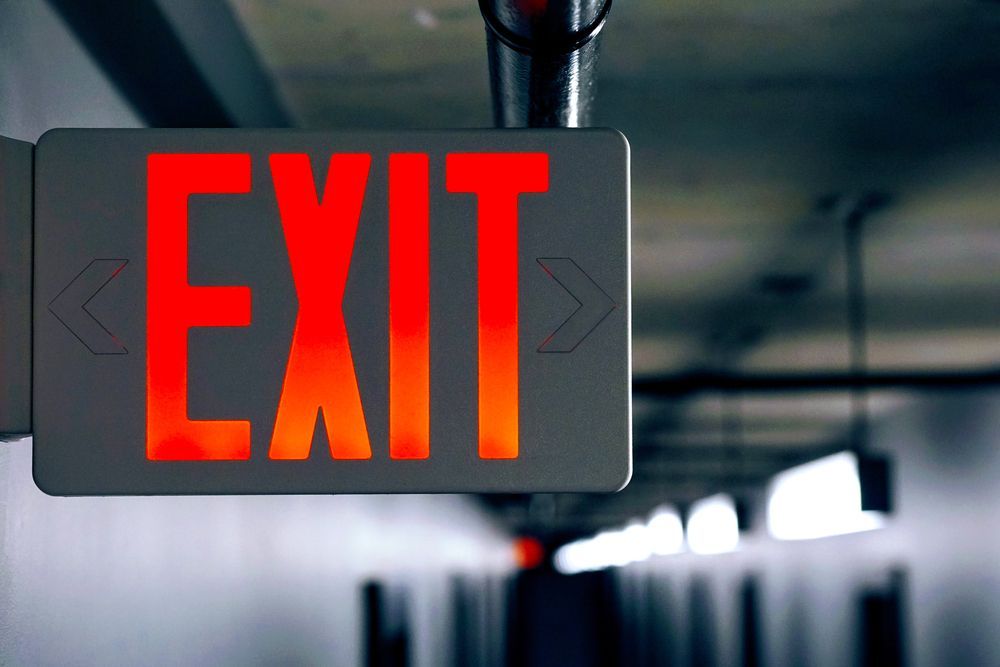Emergency systems are intended to automatically supply illumination, power, or both to designated areas and equipment in the event of failure of the normal supply. These systems are also designed to kick in when accidents occur to elements of a system intended to supply, distribute, and control power and illumination essential for safety to human life. All equipment shall be approved for use on emergency systems per NFPA 70 standards. What does that mean? Here is an overview of what the NFPA standards are, what they include, and how you can work to meet them at your own facility.
NFPA 70 Testing and Maintenance
The jurisdiction authority will conduct a witness test on the complete system upon installation and periodically afterward.
NFPA System Testing
Systems shall be tested periodically on a schedule acceptable to the authority having jurisdiction to assure their maintenance in proper operating condition. Documentation of testing shall be kept for reference.
NFPA 70 Emergency Battery Systems Maintenance
Battery systems require periodic maintenance. Batteries shall be maintained per the manufacturers recommended guidelines. Temperature and environmental factors are considered.
Documentation
A written record shall be kept of emergency battery systems, lighting inverter, or UL 924 UPS System tests and maintenance.
Load Testing
Means for testing all emergency lighting and power systems during maximum anticipated load conditions shall be provided. 700-5. Capacity at full illumination.
Capacity, Rating, and Labeling
An emergency system shall have adequate capacity and rating for all loads to be operated simultaneously. The emergency system shall be suitable for the maximum available fault current at its terminals.
Wiring Requirements for NFPA 70 Emergency Lighting Systems
Wiring of two or more emergency circuits supplied from the same source shall be permitted in the same raceway, cable box, or cabinet. Wiring from an emergency source or emergency source distribution overcurrent protection to emergency loads shall be kept entirely independent of all other wiring and equipment, unless otherwise permitted in (1) through (4):
(1) Wiring from the normal power source located in transfer equipment enclosures
(2) Wiring supplied from two sources in exit or emergency luminaires (lighting fixtures)
(3) Wiring from two sources in a common junction box, attached to exit or emergency luminaires (lighting fixtures)
(4) Wiring within a common junction box attached to unit equipment, containing only the branch circuit supplying the unit equipment and the emergency circuit supplied by the unit equipment.
NFPA 70 General Requirements
Current supply shall be such that, in the event of failure of the normal supply to, or within, the building…emergency lighting, emergency power, or both will be available within the time required for the application, but not to exceed 10 seconds.
Storage Battery for NFPA 70
Storage batteries used as source of power for emergency systems shall be of suitable rating and capacity to supply and maintain the total load for a period of 90 minutes minimum, without the voltage applied to the load falling below 87-1/2 percent of normal. Batteries…shall be designed and constructed to meet the requirements of emergency service and shall be compatible with the charger for that installation. For a sealed battery, the container shall not be required to be transparent. However, for the lead acid battery that requires water additions, transparent or translucent jars shall be furnished. Automotive-type batteries shall not be used. An automatic battery-charging means shall be provided.
NFPA 70 90 Minute Equipment Requirements
Individual unit equipment for emergency illumination shall consist of (1) a rechargeable battery; (2) a battery charging means; (3) provisions for one or more lamps mounted on the equipment or shall be permitted to have terminals for remote lamps, or both; and (4) a relaying device arranged to energize the lamps automatically upon failure of the supply to the unit equipment. The batteries shall be of suitable rating and capacity to supply and maintain at not less than 87-1/2 percent of the nominal battery voltage for the total lamp load associated with the unit for a period of at least 1-1/2 hours (90 minutes).
NFPA 70 Mounting Requirements
Unit equipment shall be permanently mounted in place (i.e., not portable) and shall have all wiring to each unit installed in accordance with wiring requirements. Flexible cord- and plug-connection shall be permitted, provided that the cord does not exceed 3 feet…in length. The branch circuit feeding the unit equipment shall be the same branch circuit as that serving the normal lighting in the area and connected ahead of any local switches.
Circuit Requirements for NFPA 70
Emergency circuits for lighting power are required not to be shared with other non-emergency loads. No appliances and no lamps, other than those specified as required for emergency use, shall be supplied by emergency lighting circuits.
Emergency Illumination for NFPA 70
Emergency illumination shall include all required means of egress lighting, illuminated exit signs, and all other lights specified as necessary to provide required illumination. Emergency lighting systems shall be so designed and installed that the failure of any individual lighting element, such as the burning out of a light bulb, cannot leave in total darkness any space that requires emergency illumination.
Where high-intensity discharge lighting such as high- and low pressure sodium, mercury vapor, and metal halide is used as the sole source of normal illumination, the emergency lighting system shall be required to operate until normal Illumination has been restored.
What is NFPA 70E?
NFPA 70E is a standard that governs guidelines that are associated with Arc Flash Safety. It provides requirement for distances for installation, it also provides for Arc Flash safety for workers. While the guidelines outlined below will be helpful in meeting NFPA 70 standards, please reference NFPA 70E specifically for guidance on Arc Flash and associated topics.
Lighting Inverter Supply and NFPA 70 Products
Lighting Inverter Supply provides UL 924 Rated Uninterruptible Power Systems with a 90-minute battery, as well as Lighting Inverter Systems meeting UL 924 requirements and consists of a 90-minute battery runtime system.
To inquire about UL 924 Emergency Battery Systems, UL 924 UPS System, and Lighting Inverter Systems, call your representative at (844) 255-6030.


Request a Quote From a Product Specialist
Experienced Product Representatives are on hand to send you information and quotations for equipment. If you need help with sizing, installation planning, or general questions about product please fill in the appropriate form and someone will contact you shortly. You may also call 844-501-1887 to get a direct product representative.
Contact Us Page Form
We will get back to you as soon as possible.
Please try again later.

